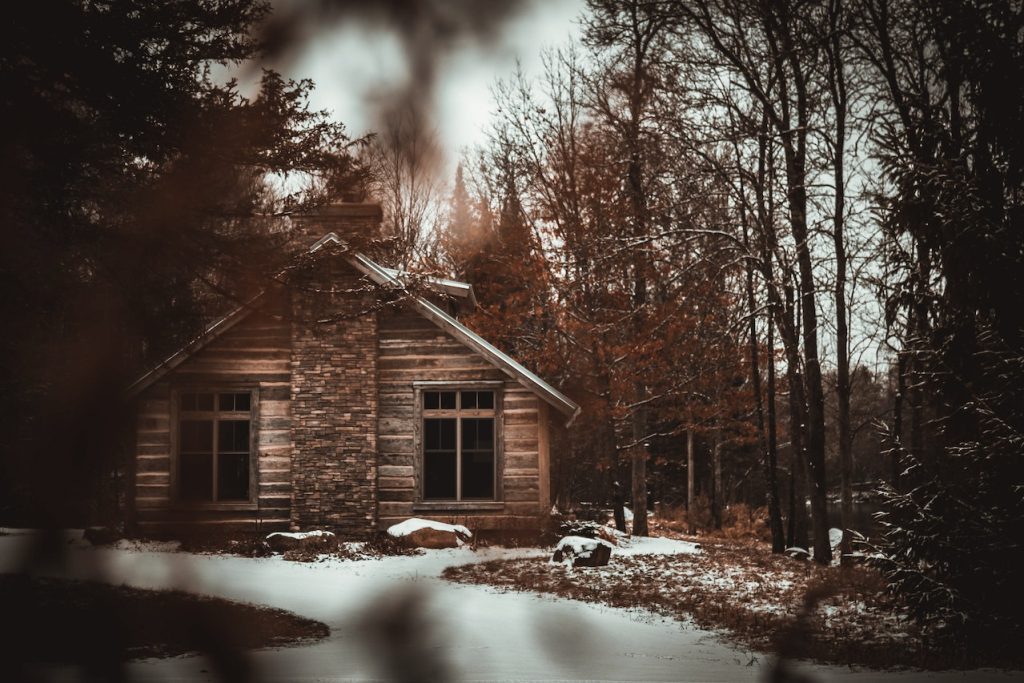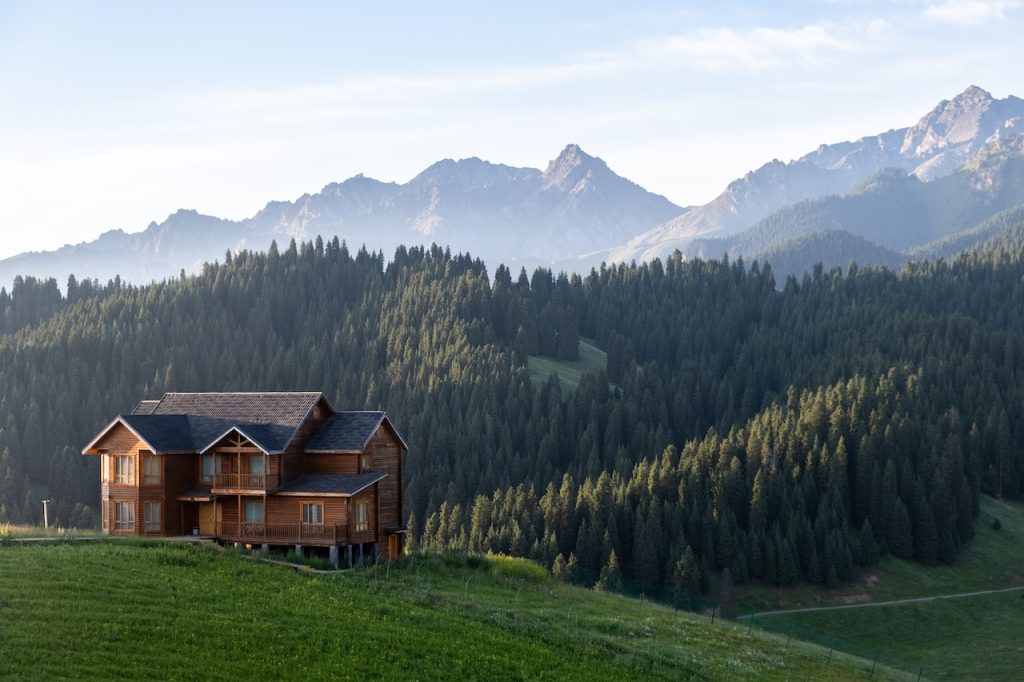Picture this: A cozy cabin tucked away amid rolling hills, with a bubbling stream nearby and endless acres of woods stretching beyond. Sounds idyllic, right? But is it practical for off-grid living? There’s more to choosing an off-grid property than meets the eye. So, how do you ensure you’re not just picking a dream spot, but also a sustainable haven? Let’s dive in!
Understanding Your Needs
Have you ever tried fitting a square peg in a round hole? Not all properties fit all needs.
- Size Matters: How much land do you really need? This varies based on your goals. A small family home? A large farmstead? Know your needs.
- Structures: Do you want an existing structure to retrofit or prefer building from scratch?
- Lifestyle: Plan on having livestock? Need a workshop or a studio? Each requires specific space and features.
“Fit the property to your dream, not your dream to the property.” Got it?
Scouting the Perfect Location
Location is not just about the view. It’s about the feasibility and safety.
- Climate: Tropical, temperate, or cold? Each has its challenges and advantages. Can you handle long winters or prefer sun all year round?
- Wildlife: Sharing space with nature sounds beautiful, but are you prepared for bears or wild boars as neighbors?
- Community: Total isolation or near a like-minded community? The latter can be beneficial in shared resources and collective knowledge.
Ever heard the saying, “Location, location, location!”? There’s weight to that!
Soil, Water, and Sun: The Holy Trinity
These three elements can make or break your off-grid dream.
- Soil: Dreaming of a lush garden? Test the soil. The richness, drainage, and pH levels are crucial.
- Water Source: A property without a reliable water source is like a ship in a desert. Rivers, streams, or groundwater – what’s available?
- Sun Exposure: Essential for solar panels and gardening. A north-facing slope in the Northern Hemisphere? Might not be ideal.
Accessibility: Not As Trivial As It Sounds
A remote haven sounds perfect, but how do you get there?
- Roads: Are there accessible roads, especially in extreme weather?
- Proximity to Town: For supplies, medical emergencies, or the occasional night out. Too far might be impractical.
- Transport: If not by car, any other transportation means like boats or snowmobiles?
Legalities: Dodging the Red Tape
Regulations can be tricky, but they’re paramount.
- Land Rights: Ensure clear land titles with no disputes.
- Building Codes: Planning to build? Know the local building codes.
- Zoning Laws: Some areas have restrictions on land usage. Make sure you’re compliant.
Budgeting: Counting More Than Just Pennies
Look beyond just the property price.
- Initial Cost: The buying price is just the beginning.
- Setup Costs: Solar panels, water systems, home building – all have costs.
- Maintenance: Regular upkeep costs should be factored in.
Future Proofing: Thinking Ahead
Planning for the future is not overthinking; it’s smart.
- Growth: Family expansion or business plans can require more space or facilities.
- Market Value: Even if you plan on staying forever, it’s good to know if your property will appreciate.
Learn from Others: A Step Often Overlooked
“Why make your own mistakes when you can learn from others?”
- Local Off-Gridders: Their experiences can offer invaluable insights. From soil quality to dealing with local wildlife, they’ve faced it.
- Online Communities: Platforms like forums or social media groups are treasure troves of real-life experiences.
The Final Checklist: Before You Seal the Deal
- Double-check Legalities
- Inspect Property Thoroughly: If possible, visit during different seasons.
- Consult Experts: A small fee now can save huge costs later.
Key Takeaway
Choosing the right off-grid property is a blend of heart and mind. While the heart craves picturesque vistas, the mind ensures practicality. It’s a dance between dreams and logistics. Done right, you don’t just get a property; you get a sustainable, fulfilling haven. Ready to make the dream come true?



